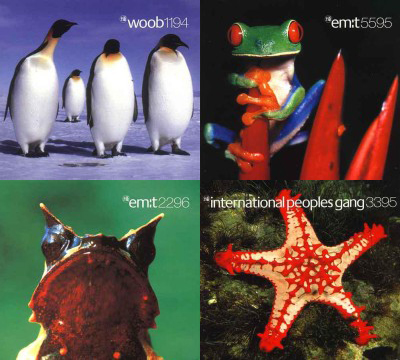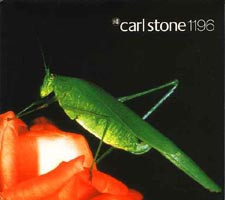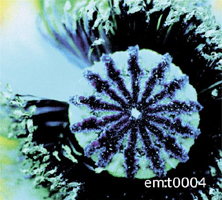| Overview: em:t Records - Independent Music Label | |
 em:t Records, based in Nottingham, UK, defined ambient notions of the mid-90's through a series of genre-bending albums which sought to quietly undermine quick, disposable, chemically-sodden club culture. Despite an untimely exit from the music scene - and another entrance and exit in the 2000's - the music released on this defunct label helped to crystallize a special musical synthesis which still grabs the attention of collectors today. Especially on its compilation releases, em:t blended together found sounds, organic dub rhythms, and highly-processed digital musical motifs into a unique aural portrait.
em:t Records, based in Nottingham, UK, defined ambient notions of the mid-90's through a series of genre-bending albums which sought to quietly undermine quick, disposable, chemically-sodden club culture. Despite an untimely exit from the music scene - and another entrance and exit in the 2000's - the music released on this defunct label helped to crystallize a special musical synthesis which still grabs the attention of collectors today. Especially on its compilation releases, em:t blended together found sounds, organic dub rhythms, and highly-processed digital musical motifs into a unique aural portrait.
The core team of artists and engineers who would help get em:t off the ground began in the same studios with the label t:me. Beginning in 1992, t:me released vinyl singles which later grew to double-packs, featuring club music which tied together deep house, downtempo and tribal house with a bit of a jokey English twist. Early artists to come to the label included Moodswings, Chicago house king Chez Damier, and 20:20 Records owner Ralph Lawson. A few artists would later find their way to em:t, such as Mat Jarvis, Charles Webster, and a couple choice members of O Yuki Conjugate.
At least partially because of its small size and desire to put creativity above commercial concerns, t:me and em:t were brought down by financial difficulties in early 1998. Its artists took up shelter elsewhere or disappeared into semi-legendary territory. In 2003, em:t reappeared under a new set of producers, engineers and designers who sought to carry forward the same aesthetic with newer sounds. A few very successful compilation albums came out, followed by albums from Seattle-based artist Gel-Sol and his group 302 Acid, which were strong word-of-mouth hits. "Classic" em:t artists Gas, Beatsystem, and International Peoples Gang returned to contribute more music to the new em:t, which again went under quickly and quietly after only its seventh release. Between the old and the new catalogues, twenty-five musical documents form a compelling, colorful, and sometimes frustrating musical portrait. Microtones, scratches, whispers, and dusty found sounds mix with soaring, sky-high techno symphonies, challenging the minds of attentive and open-minded listeners, even today. - Scott Kelly 7 November 2010 em:t Records Mix to be Featured on STAR'S END Tune in to the 11.07.10 broadcast of STAR'S END for Scott Kelly's two hour-long guest DJ mix presenting tracks from a selection of em:t Records releases | |
Related Links:
| |
| Listener Essays | |

